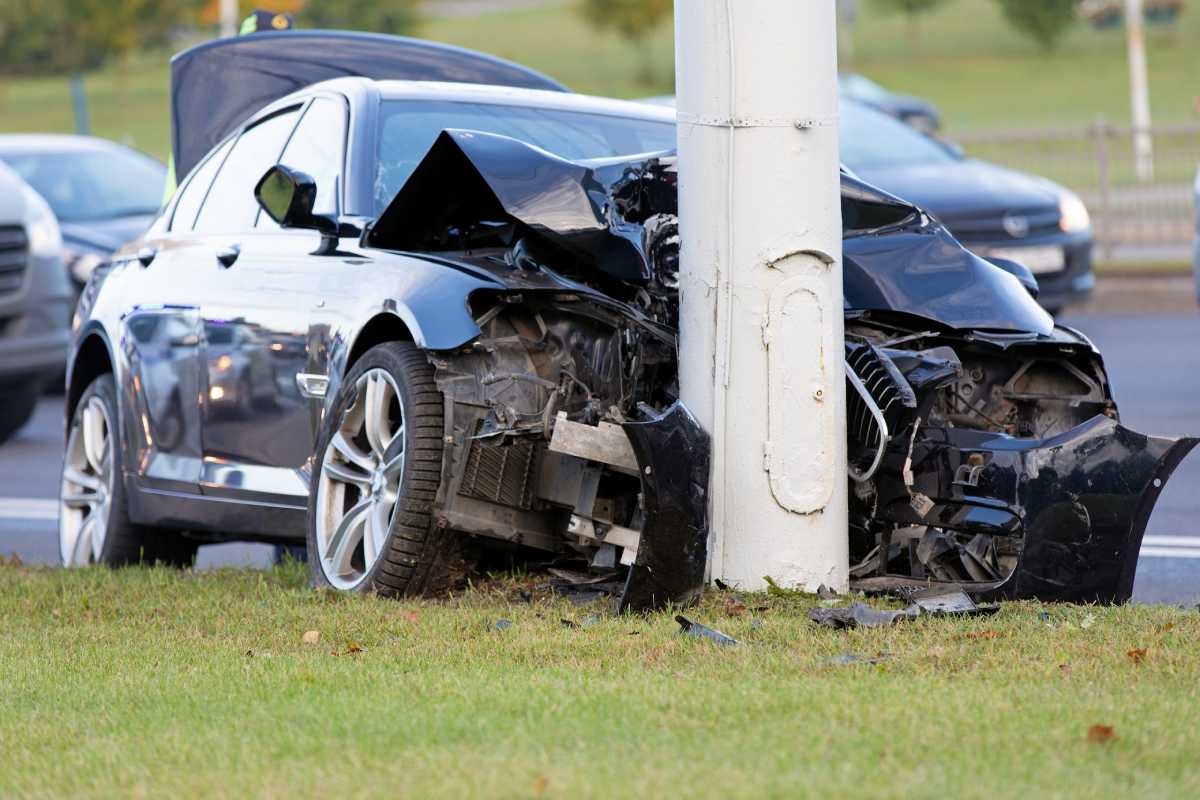How Effective Are Advanced Safety Features in Reducing Car Accidents?
Accidents on the roads are a significant concern, resulting in severe injuries, fatalities, and substantial economic costs. The causes are varied, ranging from distracted driving and speeding to drunk driving, adverse weather conditions, and fatigue.
“Even when people try to make safe choices, such as taking an Uber or Lyft when they intend to drink, things do not always go as planned as accidents can happen anywhere. If you have been involved in an accident, you know how traumatic it can be,” says a car accident lawyer Las Vegas with Morris Law Firm.
In response to the surge in traffic accidents, auto manufacturers are increasingly incorporating advanced safety features into their vehicles. These technologies, usually called Advanced Driver Assistance Systems (ADAS), aim to mitigate common causes of accidents. But how effective are these features in actually reducing car accidents? Should you consider a vehicle equipped with these technologies? Continue reading to find out.

The Impact of Advanced Safety Features on Accident Reduction
ADAS are electronic systems in vehicles that use advanced technologies to assist the driver. These systems utilize a combination of sensors, cameras, and radar to monitor the vehicle’s surroundings and provide real-time information and assistance to the driver.
A growing body of evidence suggests that ADAS can reduce car accidents and make the road safer for all users. According to a report by the Insurance Institute for Highway Safety (IIHS), vehicles with automatic emergency braking (AEB) systems reduce rear-end crashes by about 50%. Additionally, lane departure warning (LDW) systems and electronic stability control (ESC) contribute to lowering accident rates. When combined, these features can lead to a substantial decrease in crash rates and injuries.
A report by LexisNexis Risk Solutions reveals that vehicles equipped with ADAS have shown significant reductions in claim frequencies. Specifically, their analysis of 11 million U.S. vehicles from model years 2014-2019 showed a 27% reduction in bodily injury claim frequency and a 19% reduction in property damage frequency for ADAS-equipped cars compared to those without these features.
Vehicles with ADAS tend to be more expensive and usually require routine maintenance to keep the safety features in top condition. However, multiple studies indicate that these features make driving safer, so buying a car with ADAS is worth considering. Spending a little extra on advanced safety features is an investment that’s worth it in the long run, as these features can minimize potential liability and damages.
Some Common ADAS Features
Below are some of the popular ADAS features found in many cars on the market:
Automatic Emergency Braking
Automatic Emergency Braking (AEB) is one of the most popular advanced safety features in modern cars. The technology uses sensors to detect potential forward collisions and alert the driver to the impending danger. If the driver doesn’t react in time, the AEB system automatically applies the brakes to avoid the collision or lessen the severity of the impact.
The importance of AEB in promoting road safety is highlighted by the National Highway Traffic Safety Administration’s (NHTSA) new safety rule that requires new cars, SUVs, and pickup trucks to have effective AEB systems by 2029. Only AEB systems that have vehicle and pedestrian detection and can avoid collisions at speeds up to 62 mph will meet NHTSA’s standards
NHTSA projects that these new AEB standards will save at least 360 lives and prevent at least 24,000 injuries annually.
Adaptive Cruise Control
Cruise control is a safety feature that’s been around for many years. Traditional cruise control systems allow drivers to maintain a set speed without keeping their foot on the accelerator. This makes cruise control technology particularly effective on highways and helps reduce driver fatigue on long trips.
In recent years, cruise control technology has evolved into more advanced systems, such as adaptive cruise control (ACC). ACC maintains a set speed and “adapts” to the actions of the vehicle in front. This means that ACC automatically adjusts the speed to maintain a safe following distance from the car ahead. Depending on the actions of the car in front, ACC may accelerate, apply the brakes, or even stop the vehicle to maintain a safe distance and prevent rear-end collisions.
ACC functions thanks to sensory equipment such as cameras, radar, or lasers installed on the vehicle. This equipment allows the system to evaluate how close one car is to another.
Blind Spot Detection
Some areas around the vehicle are not visible to the driver through the rearview or side mirrors. These blind spots typically occur on both sides of the car, just behind the driver’s peripheral vision. And there’s a high risk of an accident if drivers change lanes or turn on busy intersections without checking their blind spot.
Blind spot monitoring systems notify drivers of cars in their blind spot. A warning is sent to the driver via visual or auditory notification when the system detects an obstruction in the driver’s blind spot.
